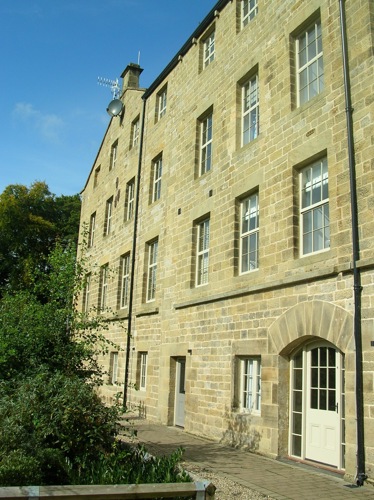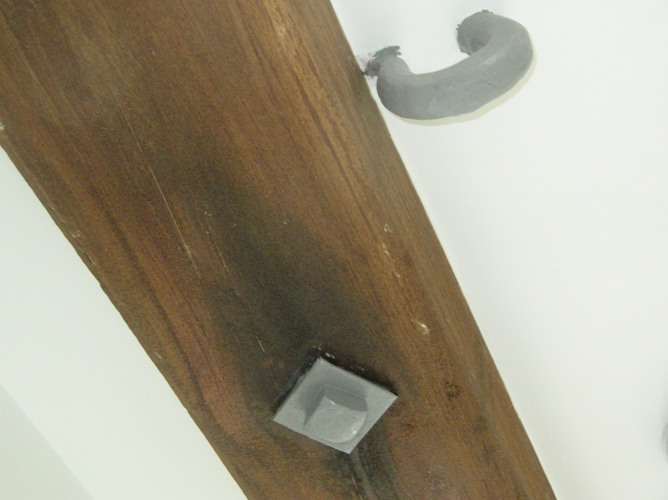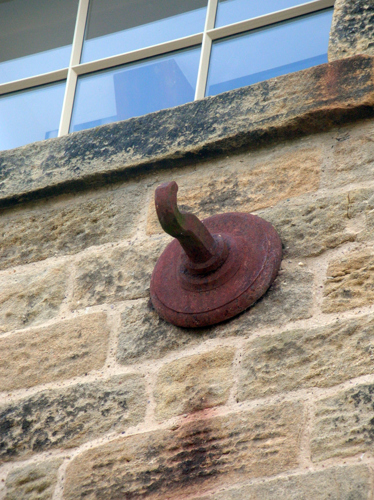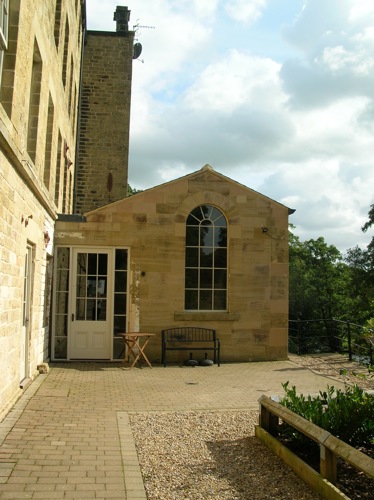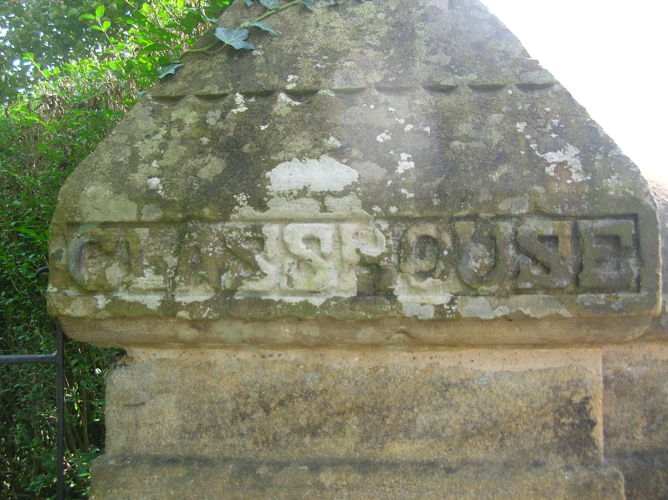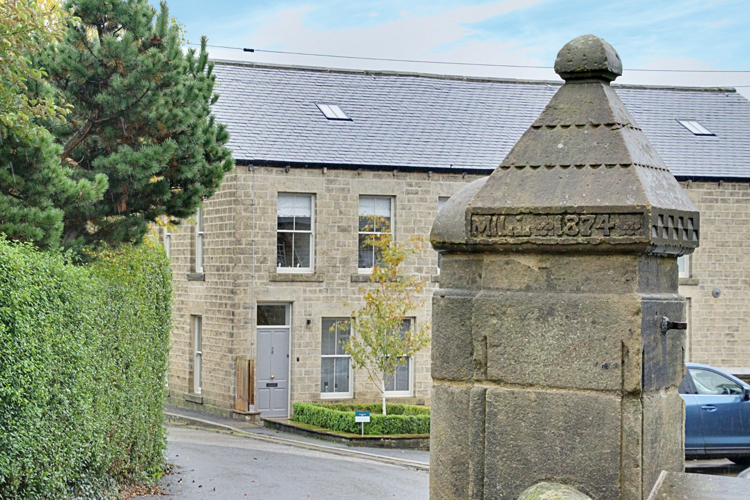The history of Glasshouses Mill
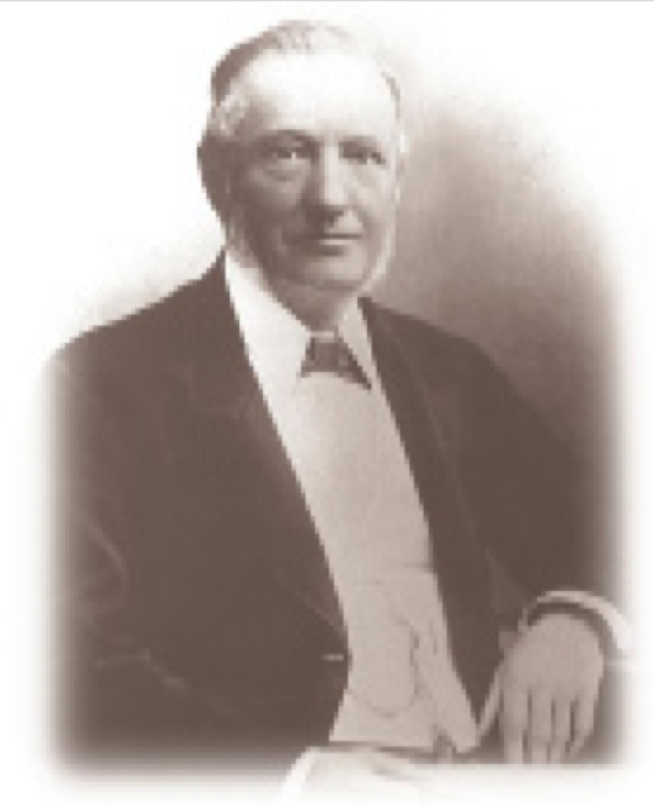
George Metcalfe
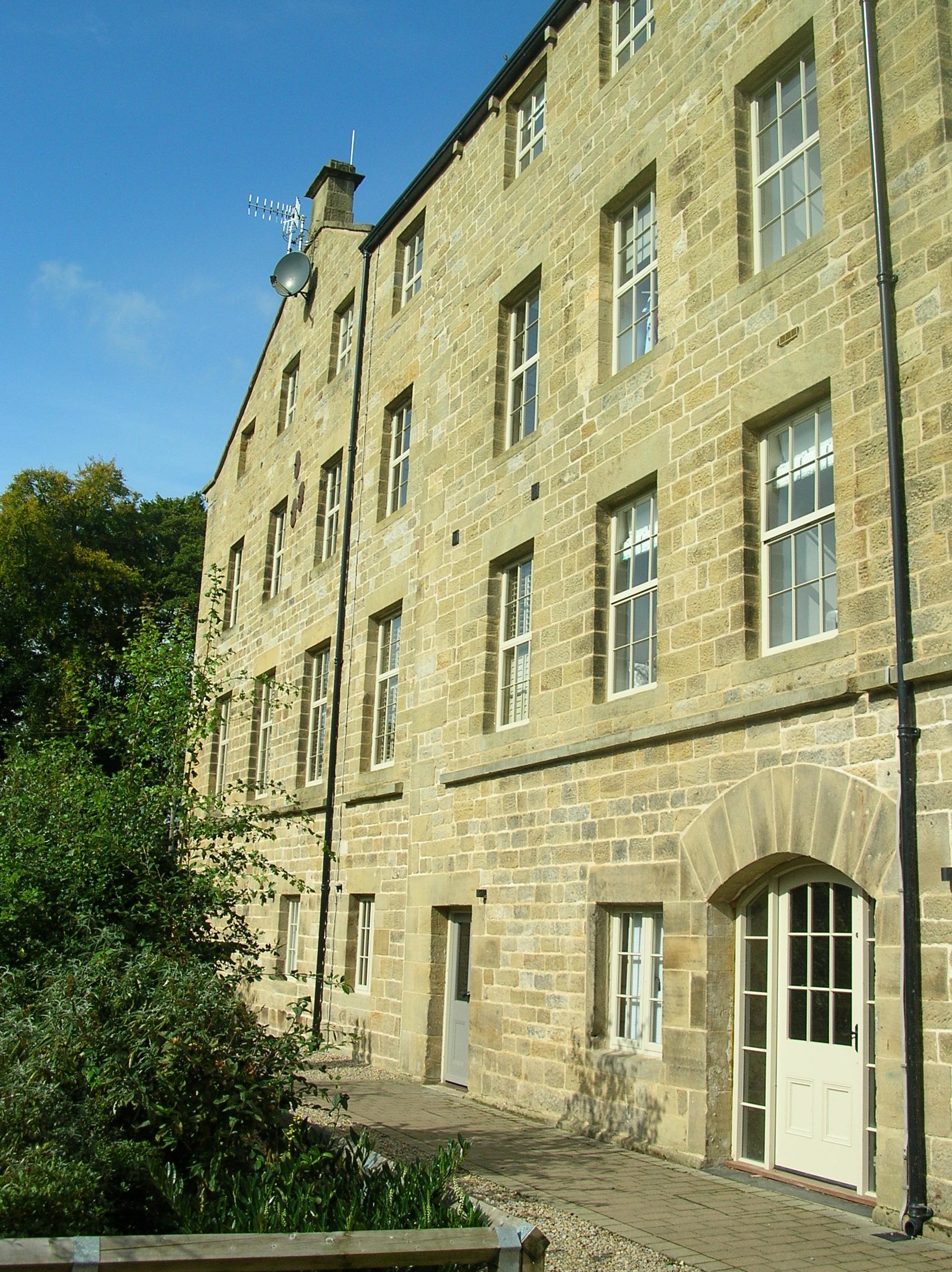
The southern face of the mill
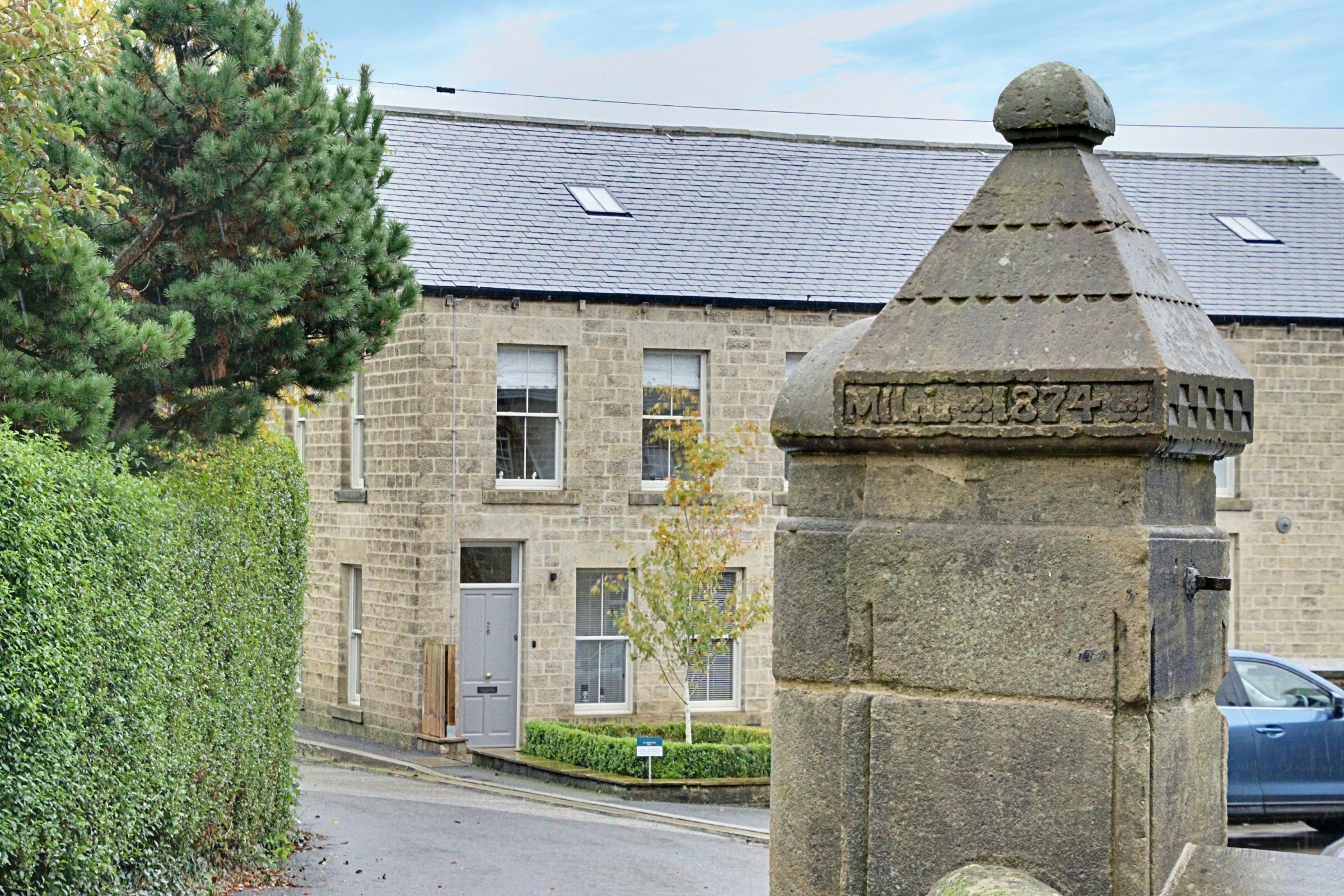
Mill gatepost with 'Mill 1874' carving
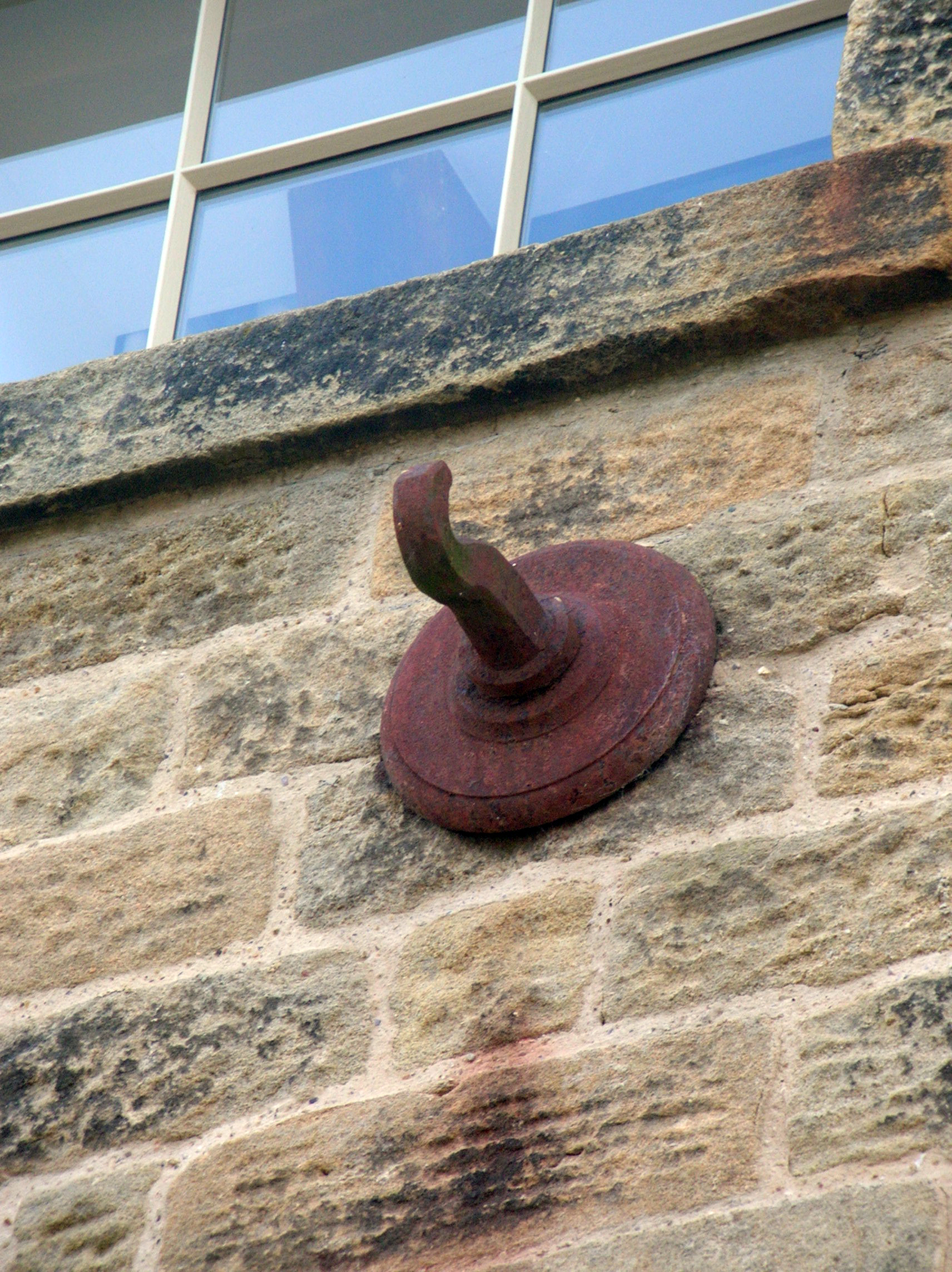
Glasshouses lies on the northern side of the River Nidd valley. Shaped by glaciers, the fine sands left behind were ideal for glassmaking. It is believed that monks from Fountains Abbey, near Ripon, used these resources to make glass for the abbey. The name ‘Glasshouse’ appears in their records from 1387.
As time passed, farms and mills developed in the area. Many farms followed a dual economy, combining handloom weaving with agriculture. By the 17th and 18th centuries, linen production had overtaken wool, as the wool trade became more concentrated in the West Riding of Yorkshire.
Glasshouses Mill
Originally a corn mill, Glasshouses Mill turned to flax processing in the early 1800s. In 1835, brothers John and George Metcalfe took over, expanding the mill and constructing Glasshouses Dam in 1850. The dam featured an island that hosted band concerts, lit by fairy lights, followed by fireworks celebrating events such as the marriage of John’s son, George Jr., and the end of the Crimean War.
A vast waterwheel—25 feet in diameter—was installed, believed to be the largest in Yorkshire. In 1862, a railway line connecting Pateley Bridge and Harrogate was opened, financed by George Metcalfe Jr. The railway remained a passenger route until 1951. A much-modified crossing keeper’s cottage still stands near the school. Gas lighting was introduced at the mill in 1864, and by 1866, it employed over 400 people. A 120ft chimney built in 1867 survived until its demolition in 1982.
By the late 19th century, the decline of linen led local mills to produce jute and hemp for rope and twine. Glasshouses Mill, however, continued flax spinning until George Jr.’s death in 1898. His sons lacked his business skills, and after struggling for years, they declared bankruptcy in 1907.
In 1912, the Atkinsons purchased the mill, focusing on rope production using hemp from India, Africa, and Italy. However, the rise of synthetic fibres led to the mill’s closure in 1970.
Both the Metcalfes and Atkinsons were respected employers and benefactors. The village green remains a focal point, gifted in perpetuity by the Metcalfe family for the enjoyment of Glasshouses residents.
Today, the Glasshouses waterwheel continues to operate at the National Trust’s Quarry Bank Mill near Manchester Airport, having been transported there in the 1970s.
Little-Known Fact
It is rumoured that the rope used on the ill-fated Titanic was made at Glasshouses Mill!

